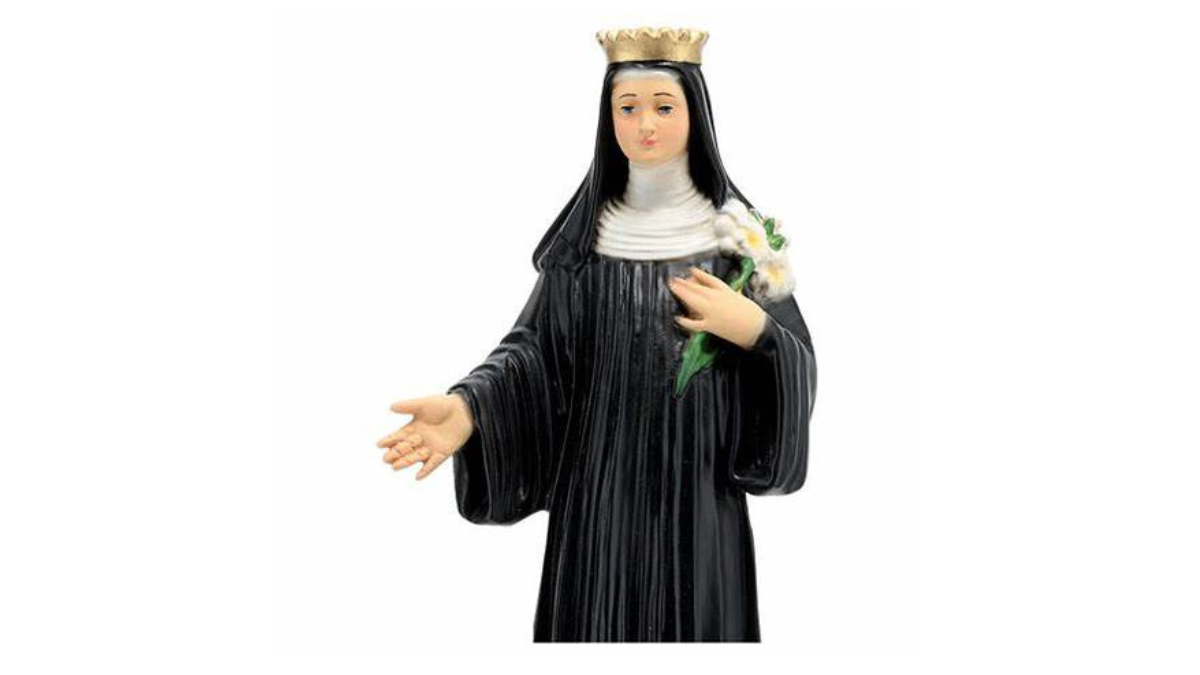About St. Patricia
| Feast day | September 25 |
| Patron | of Cork, Diocese of Cork |
| Birth | 550 |
| Death | 620 |
St. Patricia, also known as Patricia of Naples or Patricia of Constantinople, was a noblewoman who lived in the 7th century1. She is believed to have been related to the Roman Emperor Constantine the Great12. Patricia chose a life of religious devotion, renouncing her noble status and wealth to become a nun1.
Here are some key aspects of her life:
- Noble Birth: Patricia was born into a wealthy and prominent family, possibly related to the Roman Emperor1.
- Religious Vocation: She decided to dedicate her life to God, taking a vow of virginity and becoming a nun1.
- Pilgrimage and Shipwreck: Patricia planned to go on a pilgrimage to Jerusalem. However, her journey was interrupted by a storm that shipwrecked her on the shores of Naples1.
- Final Days: After the shipwreck, she found refuge on the tiny island of Megarides (now the site of Castel dell’Ovo) in Naples. Unfortunately, she fell ill and died shortly after1.
- Veneration: Her relics were initially housed in the monastery of Sante Patricia and later moved to the monastery of San Gregorio Armeno in Naples1. Her blood is said to liquefy periodically, similar to the more famous miracle associated with St. Januarius1.
St. Patricia’s feast day is celebrated on August 25th1
Prayer to St. Patricia for Protection and Guidance
Dear St. Patricia, You were a woman of great faith, who dedicated your life to serving God and helping others. I ask for your guidance and protection as I navigate my own journey of faith. Help me to be courageous in the face of adversity, and to always stand up for what is right and true. Give me the strength to persevere in difficult times, and the wisdom to make good decisions. I pray that you will be with me as I strive to live a life of charity and compassion, and that I may always be a shining example of the love of Christ.
Prayer to St. Patricia for Strength in Faith
Dear St. Patricia, You were a woman of deep faith, who gave up everything for the sake of your beliefs. I ask for your intercession as I struggle with doubt and uncertainty in my own faith. Help me to remain steadfast and to trust in God’s plan for me. May your example inspire me to live a life of devotion and service1.
These prayers can be a source of inspiration and comfort, especially when seeking guidance and strength in your faith journey.
Views: 79
